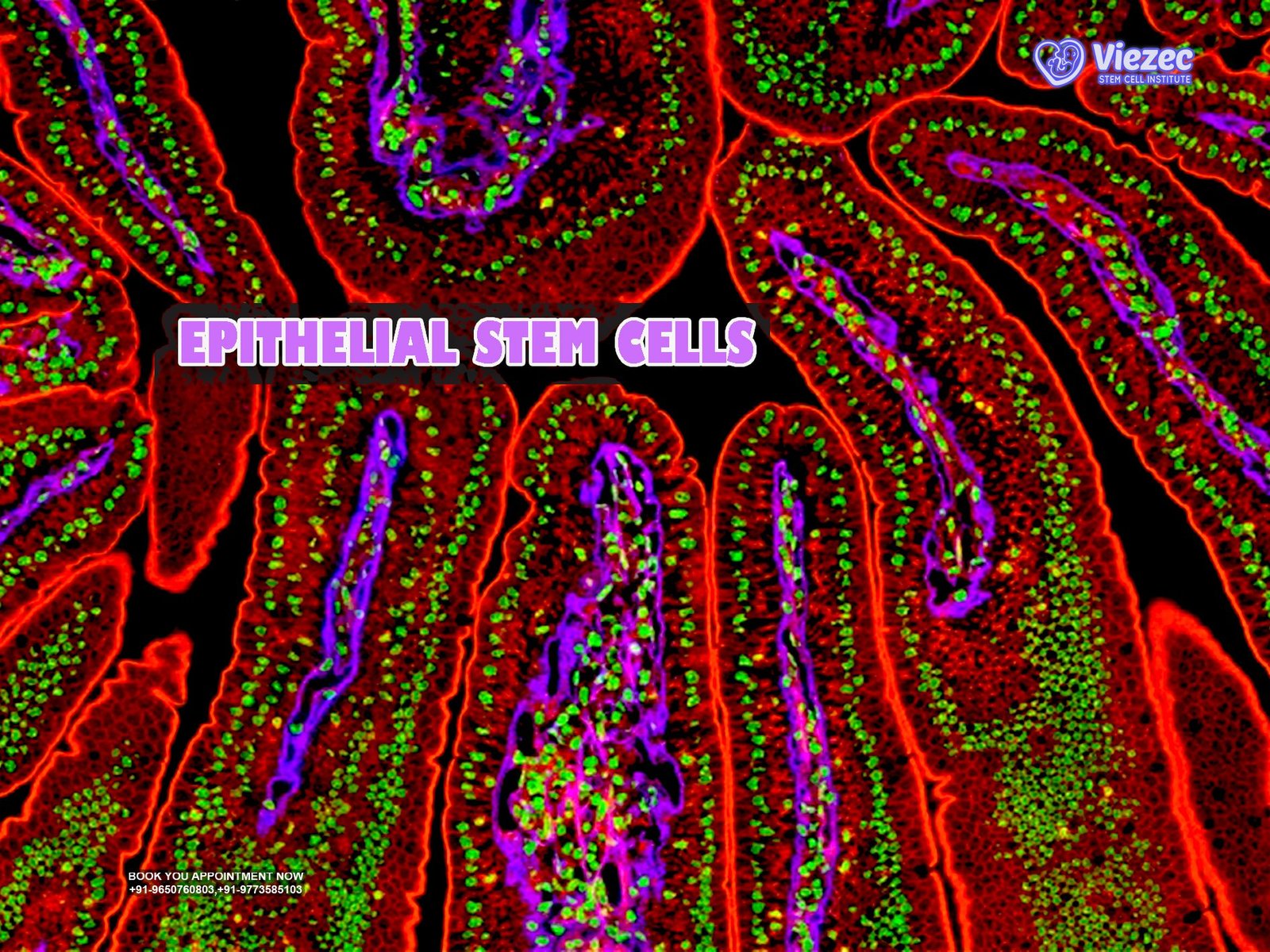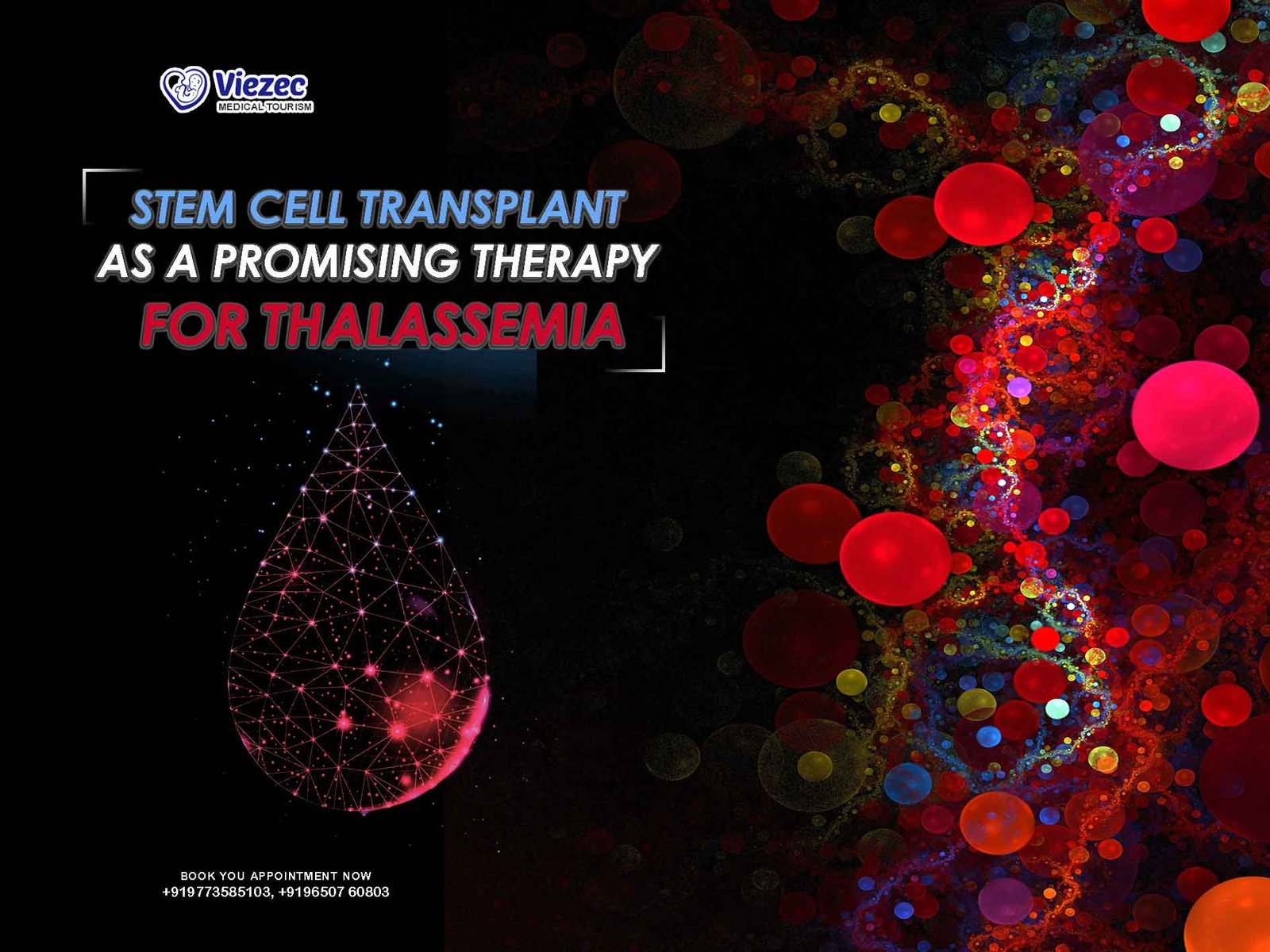Epithelial stem cells are a fascinating subset of cells that play a pivotal role in maintaining and regenerating the epithelial tissues in our bodies. These cells, endowed with unique properties, contribute to the renewal and repair of various organs and surfaces, from the skin to the lining of the gastrointestinal tract. In this comprehensive exploration, we delve into the intricacies of epithelial stem cells, unraveling their characteristics, functions, and potential applications in regenerative medicine.
Understanding Stem Cells
Before delving into the specifics of epithelial stem cells, it is crucial to establish a foundational understanding of stem cells as a whole. Stem cells are undifferentiated cells with the remarkable ability to give rise to various specialized cell types through a process known as differentiation. This characteristic makes them integral players in the development, maintenance, and repair of tissues in multicellular organisms.
Basics of Epithelial Tissues
Epithelial tissues form the outermost layer of the body and cover both external and internal surfaces. These tissues serve as protective barriers, playing a crucial role in preventing dehydration, pathogens, and other harmful substances from entering the body. Understanding the structure and function of epithelial tissues is paramount to appreciating the significance of epithelial stem cells.
Characteristics of Epithelial Tissues
Epithelial tissues exhibit distinct characteristics that set them apart from other tissue types. They are tightly packed, providing a continuous layer of cells with minimal extracellular matrix. This structural arrangement enables epithelial tissues to function as protective barriers, selectively allowing the passage of substances.
Types of Epithelial Tissues
Epithelial tissues are diverse and can be classified based on their structure and function. The major types include simple epithelium, stratified epithelium, squamous epithelium, cuboidal epithelium, and columnar epithelium. Each type serves specific roles in different organs and surfaces of the body.
Unveiling Epithelial Stem Cells
Definition and Characteristics
Epithelial stem cells are a specialized subset of stem cells that reside within epithelial tissues. These cells possess the unique ability to self-renew and differentiate into various cell types that constitute the specific epithelial tissue they reside in. Understanding the characteristics of epithelial stem cells is crucial for appreciating their regenerative potential.
Self-Renewal
One of the defining features of epithelial stem cells is their capacity for self-renewal. This means that these cells can divide and produce identical daughter cells, replenishing the pool of stem cells and maintaining their presence within the tissue.
Differentiation
Epithelial stem cells can undergo differentiation, giving rise to specialized cell types that form the functional components of the epithelial tissue. This process is tightly regulated to ensure the proper maintenance and repair of tissues.
Location within Epithelial Tissues
Epithelial stem cells are strategically located within specific niches of epithelial tissues. These niches provide a microenvironment that supports the maintenance and function of stem cells. Understanding the spatial distribution of these cells within tissues is vital for harnessing their regenerative potential.
Types of Epithelial Stem Cells
Epithelial stem cells can be categorized based on their tissue of origin. Examples include epidermal stem cells found in the skin, intestinal stem cells residing in the gastrointestinal tract, and corneal epithelial stem cells in the eyes. Each type of epithelial stem cell serves unique roles in their respective tissues.
Epidermal Stem Cells
Epidermal stem cells are crucial for maintaining the integrity and regeneration of the skin. These cells contribute to the constant renewal of the epidermis, the outermost layer of the skin, ensuring its protective function.
Intestinal Stem Cells
The intestinal epithelium undergoes rapid turnover to maintain its barrier function and facilitate nutrient absorption. Intestinal stem cells located in the crypts of the small intestine play a central role in this regenerative process.
Corneal Epithelial Stem Cells
In the eyes, corneal epithelial stem cells contribute to the regeneration of the corneal epithelium. This regenerative capacity is essential for preserving vision and protecting the eye from external factors.
Regulation of Epithelial Stem Cells
Signaling Pathways
The behavior of epithelial stem cells is intricately regulated by various signaling pathways. Wnt signaling, Notch signaling, and BMP (bone morphogenetic protein) signaling are among the key pathways that modulate the self-renewal and differentiation of these cells.
Wnt Signaling
Wnt signaling is a critical pathway in the regulation of epithelial stem cells. It influences cell fate decisions, promoting self-renewal or differentiation based on the specific context within the tissue.
Notch Signaling
Notch signaling plays a pivotal role in maintaining the balance between stem cell self-renewal and differentiation. Dysregulation of Notch signaling can lead to disruptions in tissue homeostasis.
BMP Signaling
BMP signaling is involved in the control of cell differentiation. This pathway influences the fate of epithelial stem cells, guiding them towards specific lineages during tissue regeneration.
Microenvironment and Niches
The microenvironment or niche surrounding epithelial stem cells is crucial for their regulation and function. Interactions with neighboring cells, extracellular matrix components, and soluble factors contribute to the maintenance of stemness and the initiation of differentiation when needed.
Cell-Cell Interactions
Adhesive interactions between epithelial stem cells and neighboring cells within the niche influence signaling events and contribute to the maintenance of stem cell identity.
Extracellular Matrix
The extracellular matrix provides structural support and signaling cues for epithelial stem cells. Changes in the composition of the matrix can impact stem cell behavior and tissue regeneration.
Applications in Regenerative Medicine
Wound Healing
The regenerative potential of epithelial stem cells holds promise for applications in wound healing. Understanding the mechanisms that govern their activation and migration is essential for developing strategies to enhance tissue repair.
Tissue Engineering
In the field of tissue engineering, epithelial stem cells are a valuable resource for creating functional tissues. Techniques involving the isolation and culture of these cells offer possibilities for constructing artificial organs and facilitating transplantation.
Disease Modeling and Drug Discovery
Studying epithelial stem cells provides insights into the mechanisms underlying various diseases affecting epithelial tissues. Utilizing stem cells for disease modeling enables researchers to explore the pathophysiology of conditions such as cancer and inflammatory disorders. Additionally, drug discovery efforts can benefit from screening compounds using epithelial stem cell-based models.
Challenges and Future Directions
Challenges in Isolation and Culture
Isolating and maintaining epithelial stem cells in culture poses challenges, including the potential loss of stemness and the risk of spontaneous differentiation. Overcoming these hurdles is essential for advancing research and applications in regenerative medicine.
Ethical Considerations
As with any stem cell research, ethical considerations are paramount. Addressing ethical concerns related to the use of epithelial stem cells in research and therapeutic applications is essential for ensuring responsible and transparent practices.
Advancements in Genome Editing
Technological advancements in genome editing, such as CRISPR-Cas9, offer new possibilities for manipulating the genetic makeup of epithelial stem cells. Harnessing these tools can further our understanding of stem cell biology and potentially enhance their therapeutic potential.
Epithelial stem cells stand at the forefront of regenerative medicine, holding immense potential for tissue repair and replacement. Their unique properties, regulatory mechanisms, and applications in various fields underscore the importance of continued research in this burgeoning field. As we celebrate the 1-year milestone of our exploration into the world of epithelial stem cells, we anticipate further breakthroughs that will shape the future of regenerative medicine and redefine our approach to tissue repair and regeneration.









